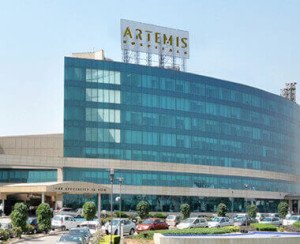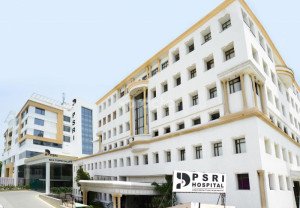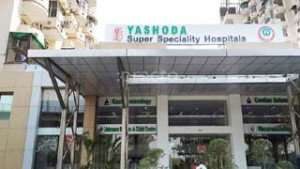Best Angiography & Angioplasty, Stent Treatment In India
Related By Cardiology, Heart Care
| # | {packageDetails.name} Treatment Cost | Average Price | Price |
|---|---|---|---|
| 1 | How much does a surgery cost in India? | 175000.00 | 120000.00 - 200000.00 |
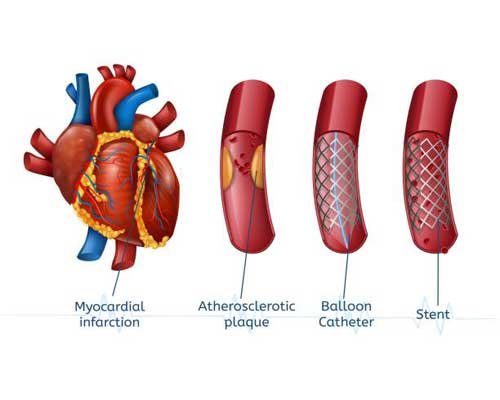
- About Angiography & Angioplasty
- Causes
- Symptoms
- Diagnosis or Investigation
- Angiography Risks
- Angiography Types
- Adverse consequences
- Why is angiography used?
- When is a coronary angioplasty performed?
- When using a coronary angioplasty ?
- What are the advantages of coronary angioplasty ( stent )?
- Which method is the most effective?
- Best Angiography & Angioplasty, Stent Treatment In India
Package Details
About Angiography & Angioplasty
Angioplasty, also called balloon angioplasty, is a procedure that opens arteries to let blood go through more easily. Healthcare providers use this minimally invasive procedure in tight spots in arteries where plaque makes the space inside an artery too narrow or blocks it Carotid angiography, or angiogram, is a test to help diagnose carotid artery disease. Providers do this test to see how blood moves through the large arteries in your neck. Carotid angiography uses X-rays to take images and a special dye to make your arteries visible
Causes
- Your provider will usually ask you to stop drinking or eating for a few hours before your angioplasty procedure.
- You can plan on your angioplasty procedure taking a half-hour to a few hours, depending on your situation. At the hospital, you’ll put on a hospital gown.
- You’ll need to tell your provider what medicines you take and what allergies you have.
- Your healthcare provider will put an IV in your arm to give you medicine that will relax you.
- You’ll still be able to respond to your provider’s questions. You’ll also get medicine in your IV that will keep your body from making blood clots.
Symptoms
- A reaction to the dye.
- Heart attack.
- Abnormal heart rhythm.
- Stroke.
- Blood vessel or kidney damage.
- Blood clots.
- Chest pain.
- Bleeding
Diagnosis or Investigation
- Atherosclerosis is a narrowing of the arteries that can lead to a stroke or heart attack.
- Disease of the peripheral arteries—a decrease in blood flow to the leg muscles
- An aneurysm of the brain - a bulge in a blood vessel in your brain.
- Angina is a type of chest discomfort produced by a decrease in blood flow to the heart.
Angiography Risks
- Angiography is typically a painless and safe technique.
- However, for a few days or weeks thereafter, it is typical to experience:
- bruising
- soreness
- a tiny lump or collection of blood around the site of the incision.
- There's also a very small chance of more serious consequences, including an allergic response to the dye, a stroke, or a heart attack.
- Learn more about the dangers of angiography.
Angiography Types
- Coronary angiography - a procedure used to examine the heart and adjacent blood arteries.
- Cerebral angiography - a procedure used to examine the blood arteries in and around the brain.
- Peritoneal angiography - to examine the blood arteries that feed the lungs
- Renal angiography is used to examine the blood arteries that supply the kidneys.
- Scans are sometimes used instead of X-rays for angiography. These are referred to as CT angiography or MRI angiography.
- Fluorescein angiography is another form of angiography used to examine the eyes. It is distinct from the other forms of angiography and is not discussed in this article.
Adverse consequences
- Bruising soreness
- There is a very small lump or collection of blood around where the cut was made.
- These issues should go away in a few days or weeks and are typically not cause for concern.
- If necessary, you might use pain relievers such as paracetamol to alleviate any discomfort.
Why is angiography used?
When is a coronary angioplasty performed?
When using a coronary angioplasty ?
What are the advantages of coronary angioplasty ( stent )?
- Rest: You have to get plenty of rest during the first few days after your heart angioplasty procedure.
- Follow doctor’s instructions: Follow the instructions given by your doctor, including taking proper medication and following activity restrictions.
- Manage pain: If necessary, try to manage any pain or discomfort with prescribed pain medication or over-the-counter medication.
- Diet: Follow a heart-healthy diet to reduce the risk of future heart problems.
- Exercise: Gradually increase physical activity as recommended by your doctor after your angioplasty stent procedure.
- Avoid smoking: Smoking can increase the risk of complications and slow down the recovery process if you have been through angioplasty stent.
- Hygiene: Keep the insertion site clean and dry to prevent infection.
- Follow-up: Attend all scheduled follow-up appointments with your doctor to monitor recovery progress.
- Emotional support: Seek emotional support from family and friends during the recovery period.
Factors affection angioplasty cost
The angioplasty cost depends on various factors, including the type of procedure, location, and hospital fees. The angioplasty cost may vary depending on the complexity of the case and whether the patient needs additional procedures such as stent placement. Insurance coverage and deductibles also affect the final angioplasty cost. The angioplasty cost may increase if the patient requires specialized care or if complications arise during the procedure. Patients can expect to pay a significant amount for angioplasty, including the cost of hospitalization, follow-up appointments, and medication. It's essential to discuss angioplasty cost with your doctor and insurance provider to understand your options for payment and financial assistance regarding angioplasty stent price.
Which method is the most effective?
Best Angiography & Angioplasty, Stent Treatment In India

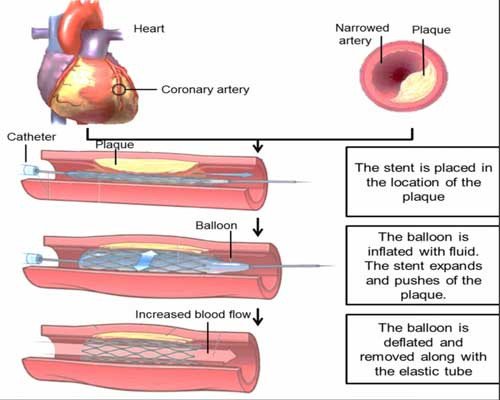
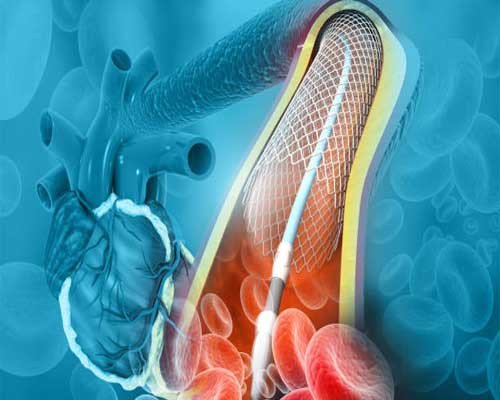
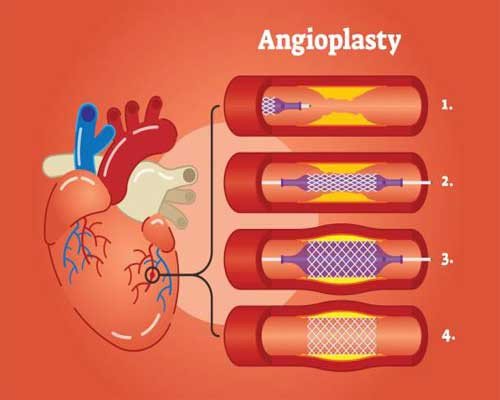
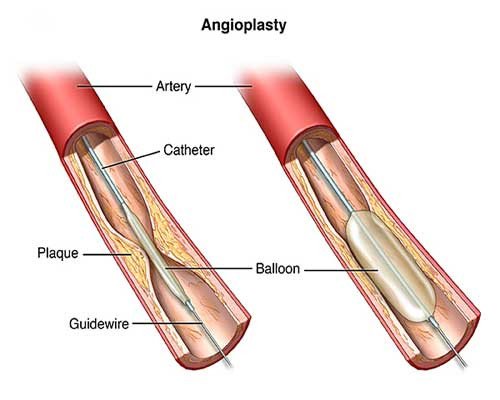
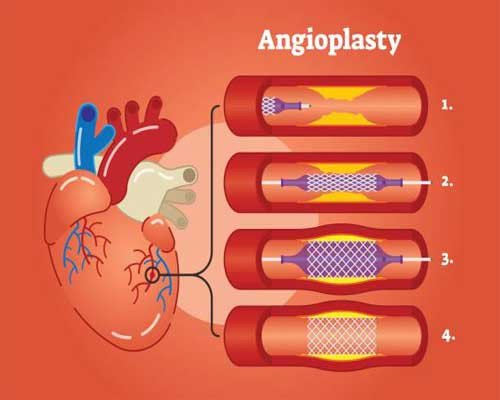
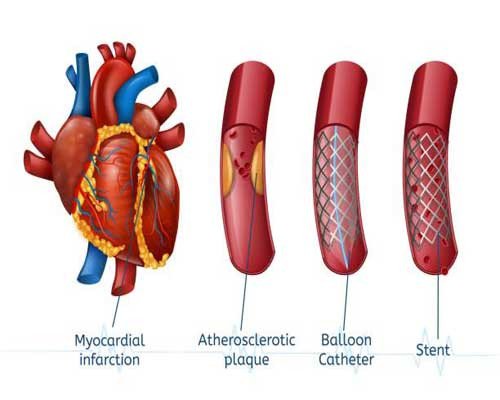

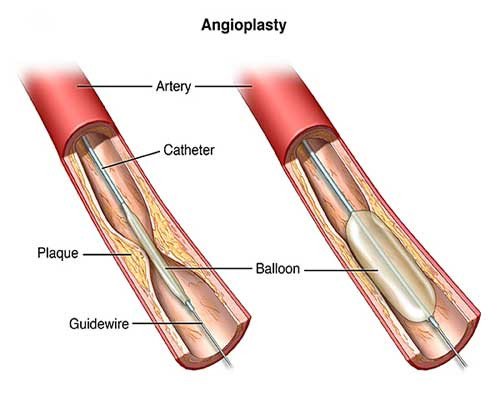
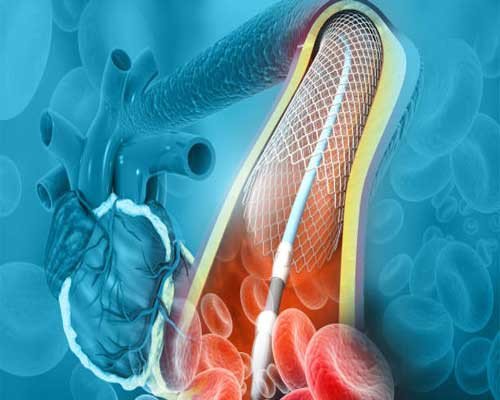
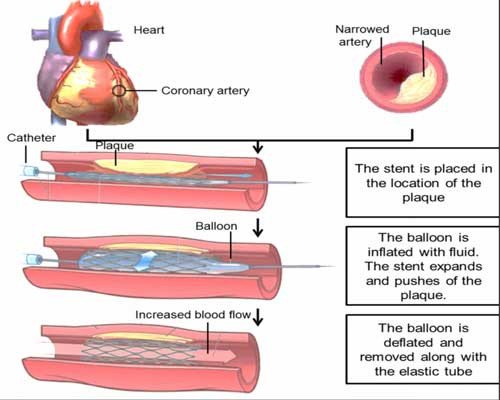
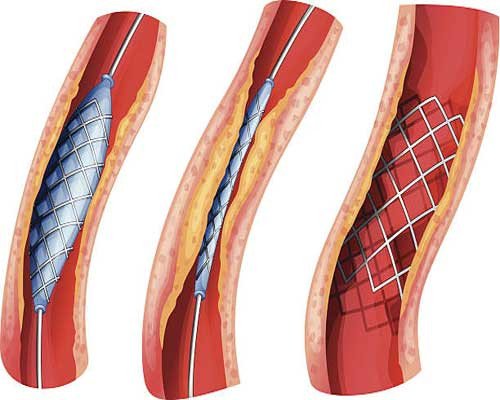








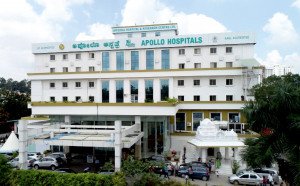



.jpg)


